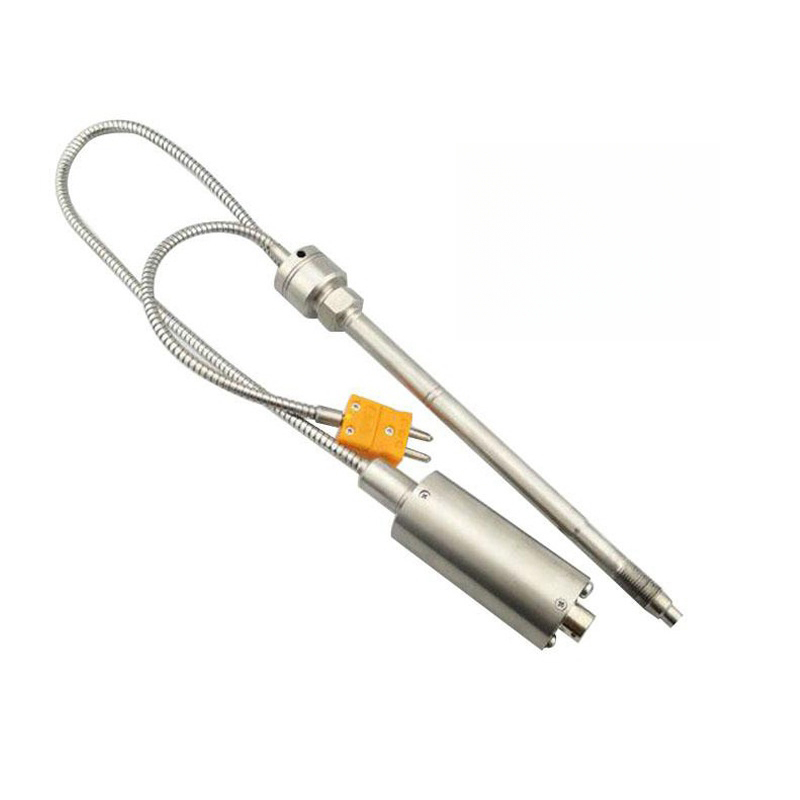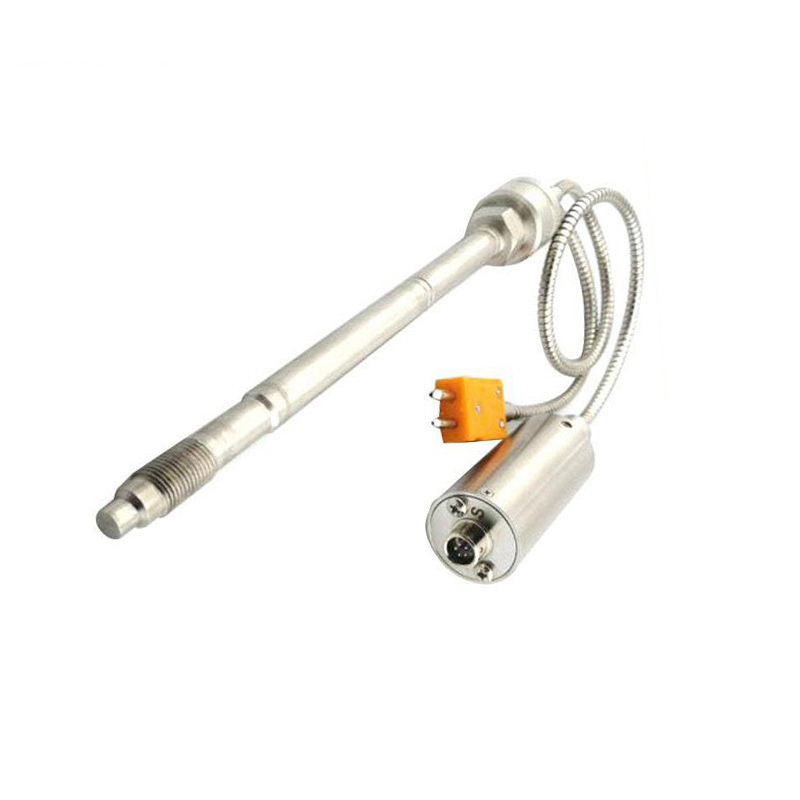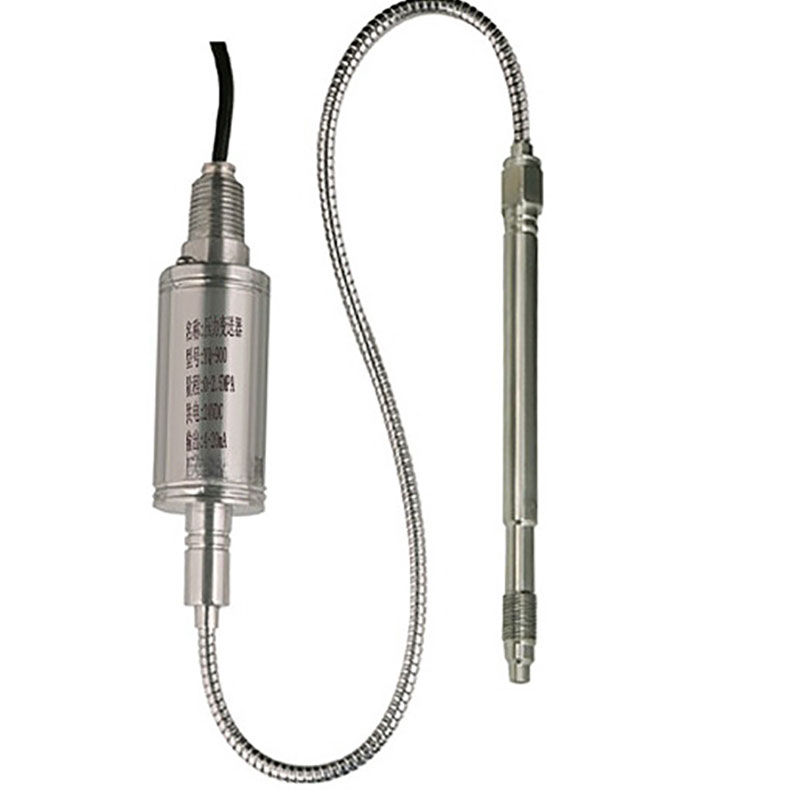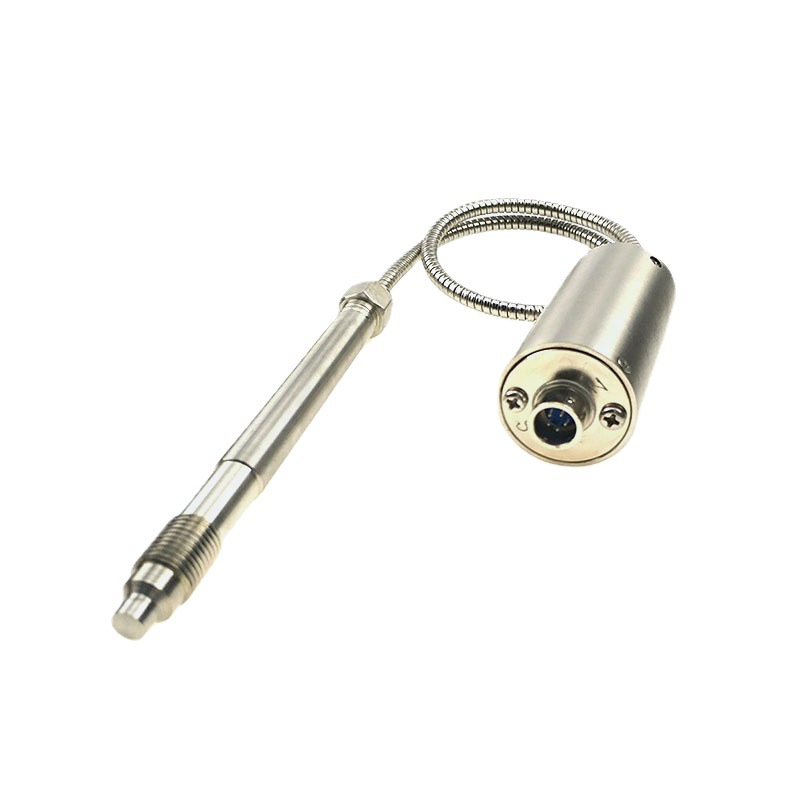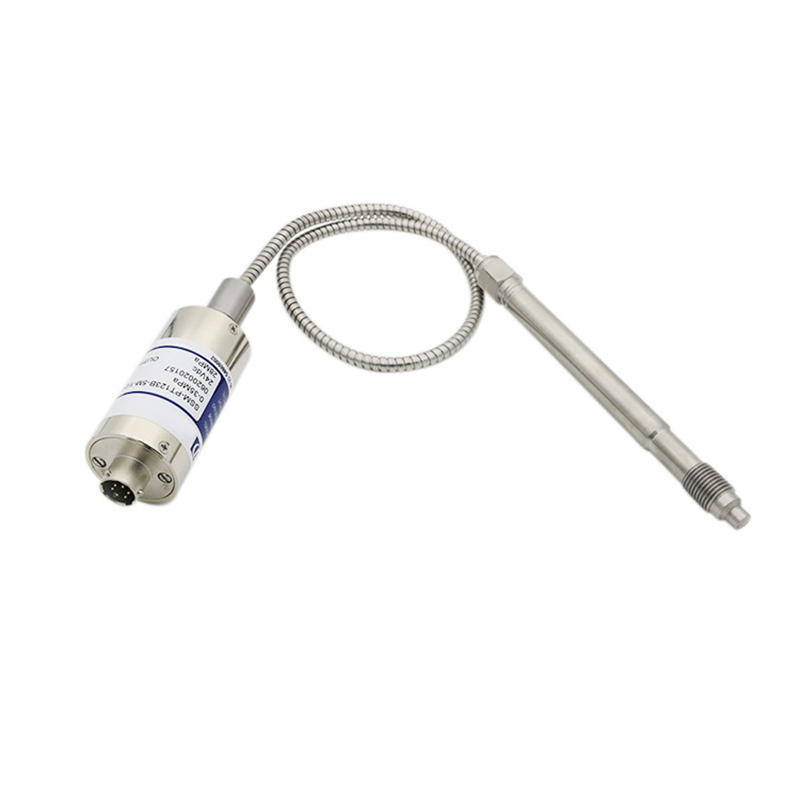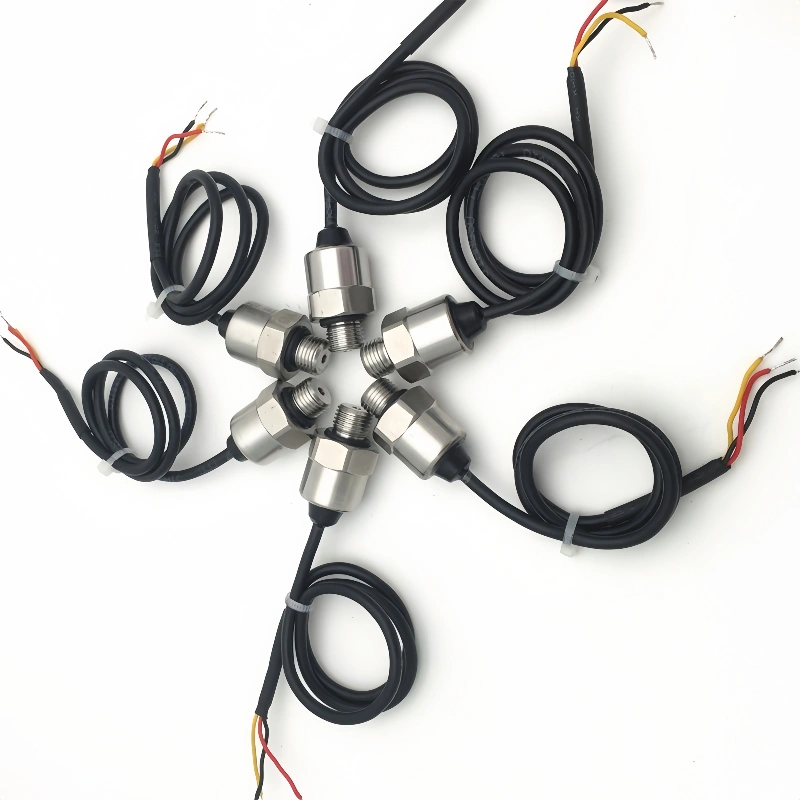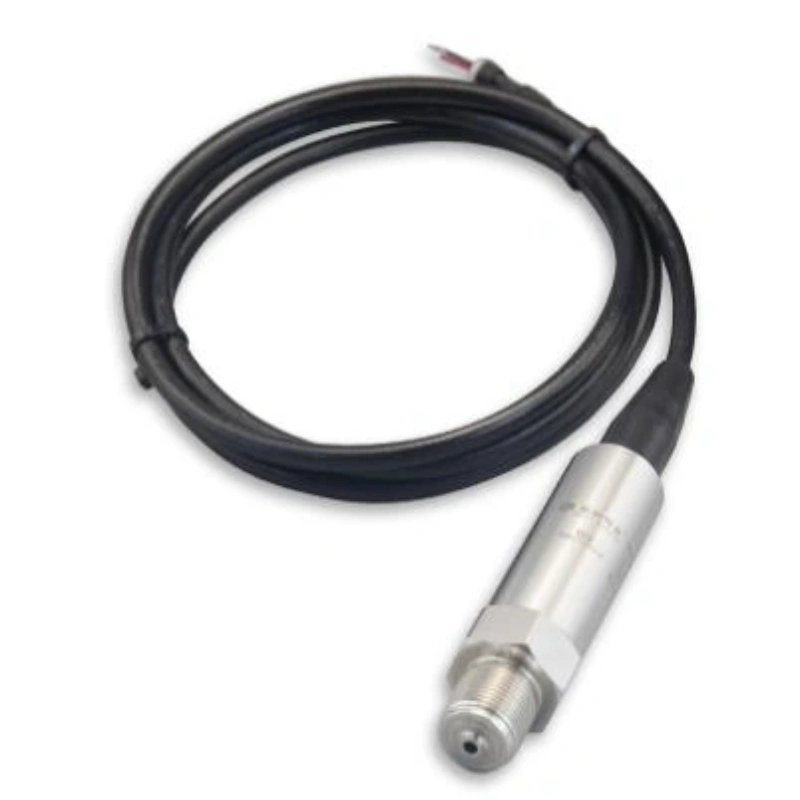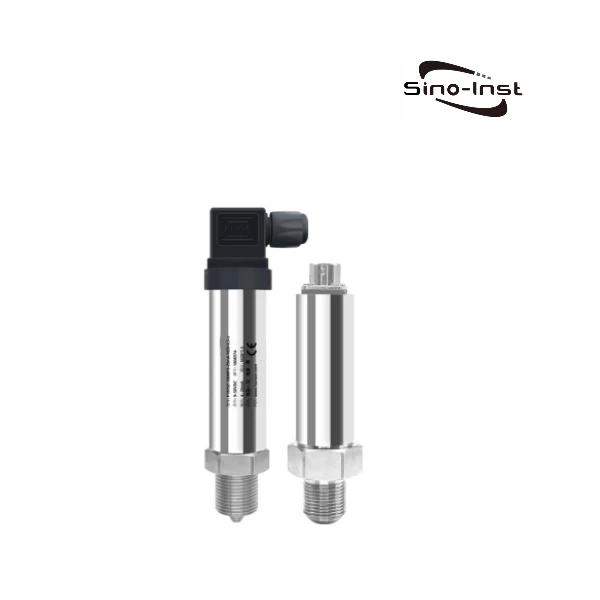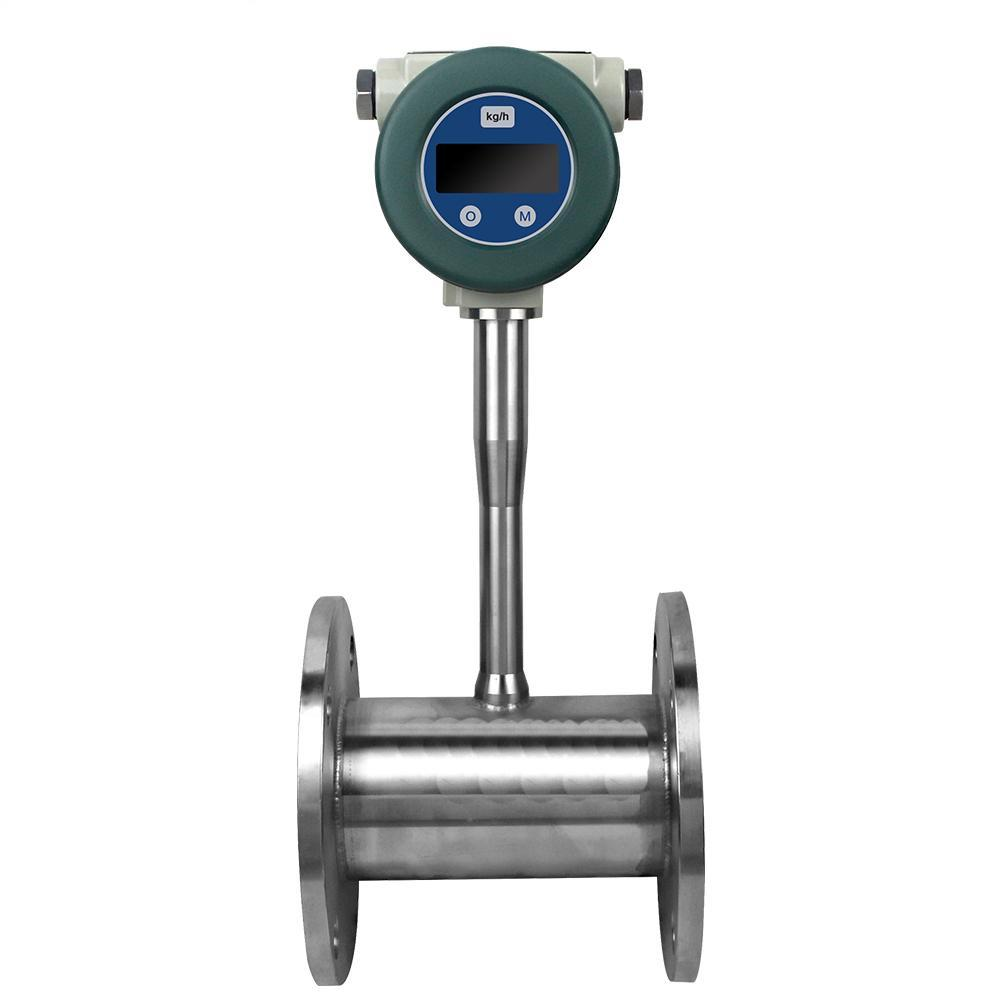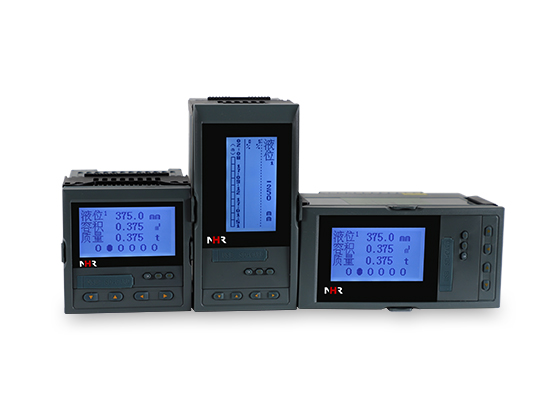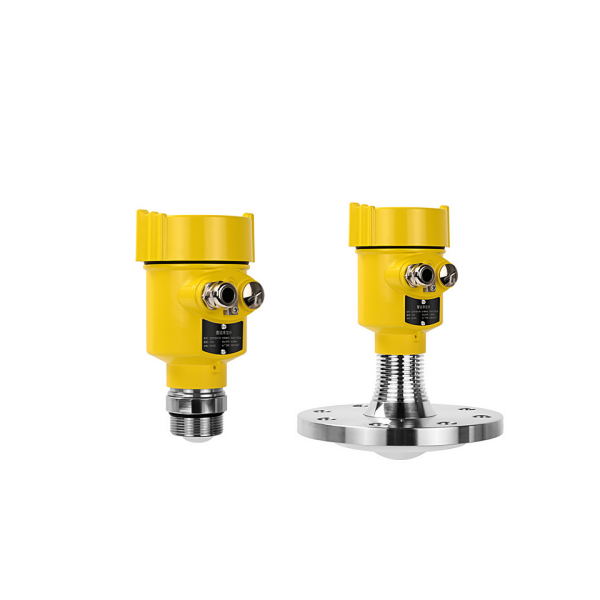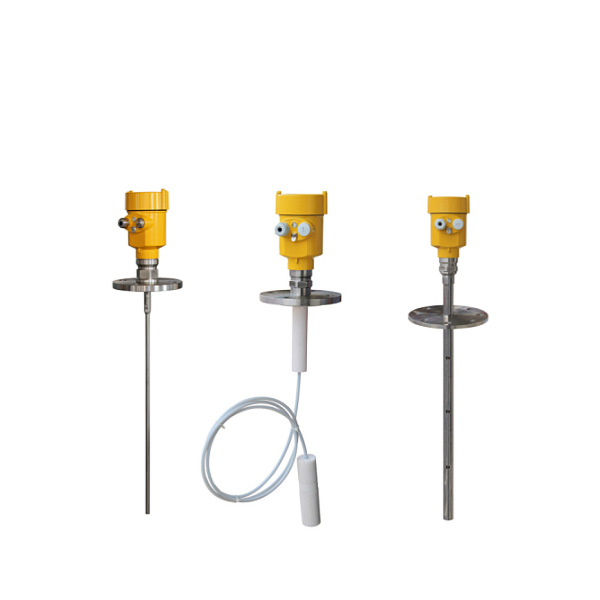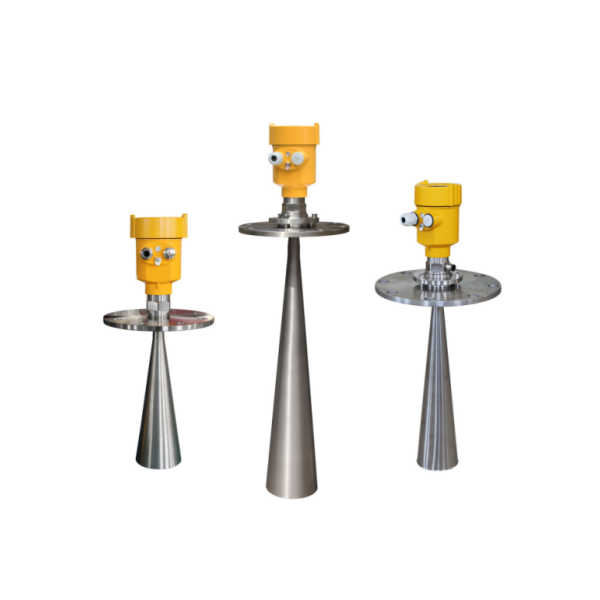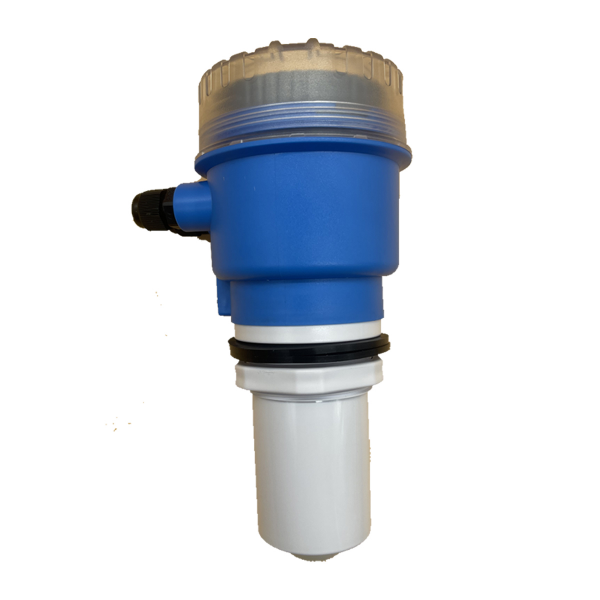What is melt pressure in injection molding?
Injection mold pressure refers to the melt pressure generated at the screw head during injection.
When selecting the injection pressure, you should first consider the injection pressure allowed by the injection molding machine. Only when the injection pressure is too low will the cavity pressure be insufficient and the melt cannot fill the cavity smoothly.
On the contrary, excessive injection pressure will not only cause product leakage, but also cause product deformation and even system overload.
Plasticizing pressure, also called back pressure, refers to the pressure on the melt at the top of the screw of the injection machine when the screw rotates and retreats. It is controlled by adjusting the oil return resistance of the injection hydraulic cylinder.
The plasticizing pressure increases the internal pressure of the melt and strengthens the shearing effect. Due to the shear heating of the plastic, the temperature of the melt is increased.
The increase in plasticizing pressure slows down the retraction speed of the screw, prolongs the heating time of the plastic in the screw, and the plasticizing quality can be improved.
However, excessive plasticizing pressure also increases the backflow and leakage of the melt in the barrel metering chamber, reducing the melt conveying capacity. The amount of plasticization is reduced and power consumption is increased. And too high plasticizing pressure will cause shear heating or excessive shear stress, and the melt will easily degrade.
During the injection process, the injection pressure and melt temperature are mutually restricted. When the material temperature is high, satisfactory results can be obtained only by the combination of the required injection pressure and material temperature.

